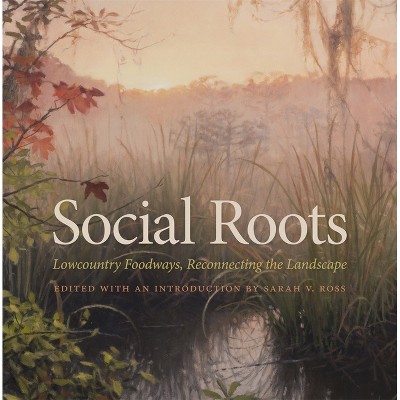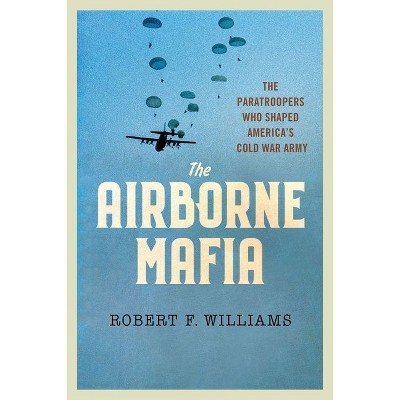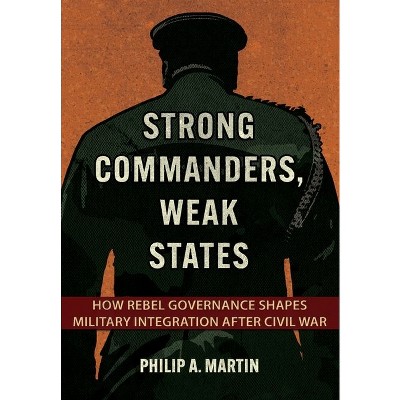Sponsored

Flying Camelot - (Battlegrounds: Cornell Studies in Military History) by Michael W Hankins (Hardcover)
In Stock
Sponsored
About this item
Highlights
- Winner of the Gardner-Lasser Aerospace History Literature AwardFlying Camelot brings us back to the post-Vietnam era, when the US Air Force launched two new, state-of-the art fighter aircraft: the F-15 Eagle and the F-16 Fighting Falcon.It was an era when debates about aircraft superiority went public--and these were not uncontested discussions.
- About the Author: Michael W. Hankins is the Curator of US Air Force History at the Smithsonian National Air and Space Museum.
- 280 Pages
- History, Military
- Series Name: Battlegrounds: Cornell Studies in Military History
Description
About the Book
"A study of the influence of fighter pilot culture and the technological development of the F-15 Eagle and F-16 Fighting Falcon fighter aircraft and the ensuing debates surrounding national defense strategy in the 1970s and 1980s"--Book Synopsis
Winner of the Gardner-Lasser Aerospace History Literature Award
Flying Camelot brings us back to the post-Vietnam era, when the US Air Force launched two new, state-of-the art fighter aircraft: the F-15 Eagle and the F-16 Fighting Falcon.
It was an era when debates about aircraft superiority went public--and these were not uncontested discussions. Michael W. Hankins delves deep into the fighter pilot culture that gave rise to both designs, showing how a small but vocal group of pilots, engineers, and analysts in the Department of Defense weaponized their own culture to affect technological development and larger political change.
The design and advancement of the F-15 and F-16 reflected this group's nostalgic desire to recapture the best of World War I air combat. Known as the "Fighter Mafia," and later growing into the media savvy political powerhouse "Reform Movement," it believed that American weapons systems were too complicated and expensive, and thus vulnerable. The group's leader was Colonel John Boyd, a contentious former fighter pilot heralded as a messianic figure by many in its ranks. He and his group advocated for a shift in focus from the multi-role interceptors the Air Force had designed in the early Cold War towards specialized air-to-air combat dogfighters. Their influence stretched beyond design and into larger politicized debates about US national security, debates that still resonate today.
A biography of fighter pilot culture and the nostalgia that drove decision-making, Flying Camelot deftly engages both popular culture and archives to animate the movement that shook the foundations of the Pentagon and Congress.
Review Quotes
Flying Camelot, he has written a superlative, accessible, and balanced study of the influence Boyd and his acolytes had on the US Air Force (hereafter "Air Force") and national defense establishment in the last quarter of the twentieth century.
-- "Michigan War Studies Review"[Dr. Hankins] writes in an engaging and accessible way that makes some occasionally highly-technical discussions quite lucid and illuminating.
-- "Sir Richard Williams Foundation"In this lively, absorbing account, Hankins demonstrates the influence of a specific culture that celebrated the fighter pilot as a "knight of the air" who thrilled to aerial combat.
-- "Foreign Affairs"About the Author
Michael W. Hankins is the Curator of US Air Force History at the Smithsonian National Air and Space Museum. Follow him on X @Hankenstien.
Shipping details
Return details
Trending Non-Fiction


















